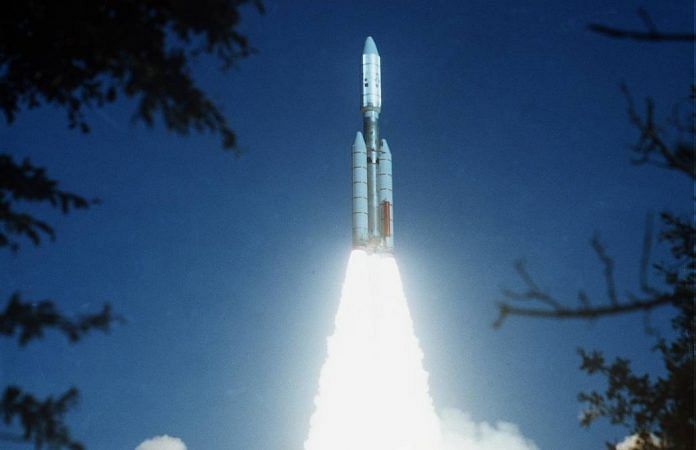ScientiFix, our weekly feature, offers you a summary of the top global science stories of the week, with links to the best sources to read them. It’s your fix to stay on top of the latest in science.
Humans send second object into interstellar space
NASA’s Voyager 2 has become the second human-made object to zip out of our neighbourhood and into the interstellar space at breakneck speeds. The craft is still well within the solar system, but has officially crossed the boundary marked by the existence of the solar wind, charged particles blowing outward from the sun. The craft was launched by NASA alongside Voyager 1 in 1977. Read ThePrint explainer here.
Virgin Galactic sends two astronauts into space in leap for space tourism
A launch vehicle of Virgin Galactic Wednesday sent two human passengers out of earth’s atmosphere aboard the craft Unity. The craft went up 80 km over the earth before re-entering. The successful experiment gives a boost to Richard Branson’s future space tourism plans. Read the Wired report here.
Earth’s underground ecosystem twice the size of underwater life
A recent ‘deep life’ study shows that microorganisms just below our feet outnumber and outweigh all the life in the earth’s oceans. Scientists estimate that the weight of all these organisms would be between 15 billion to 23 billion tonnes. The Deep Carbon Observatory team that performed the study consists of 1,200 scientists from 52 countries across disciplines like geology, microbiology, and physics. More in The Guardian.
Investigation finds J&J knew about asbestos in Baby Powder for decades
Reuters has found out that corporate giant Johnson and Johnson knew of the presence of cancer-causing asbestos in its iconic Baby Powder since the 1950s. The investigation details instances where the company is accused of selectively choosing facts to defend itself when faced with litigation. Read the original Reuters report here and ThePrint’s explanation here.
New full-body scanner shows 3D video of drugs moving through human system
Designed at the University of California, Davis, the world’s latest full-body scanner EXPLORER is capable of tracking molecules and disease through the human body. It can also create 3D movies depicting the same flow. A video on Inverse shows glucose entering the blood stream through the leg, and then entering the lungs. Read more on this here.






